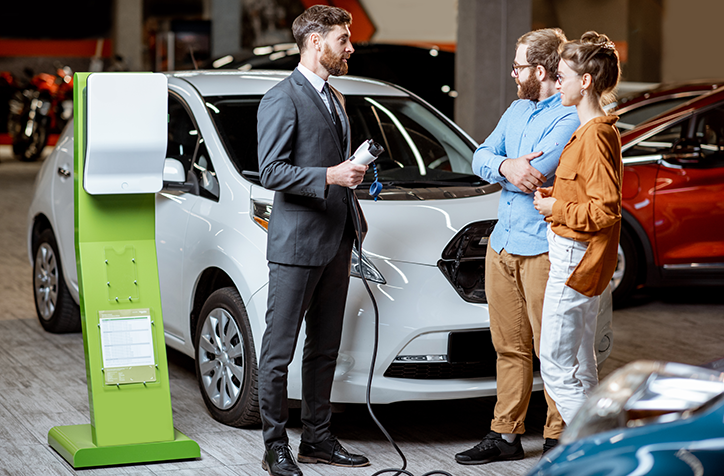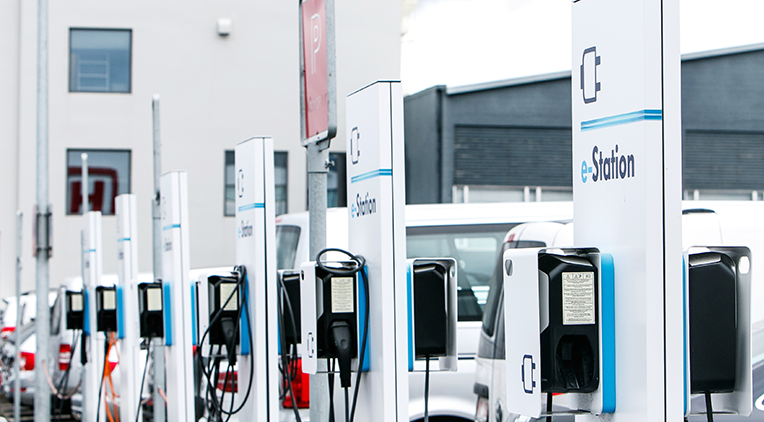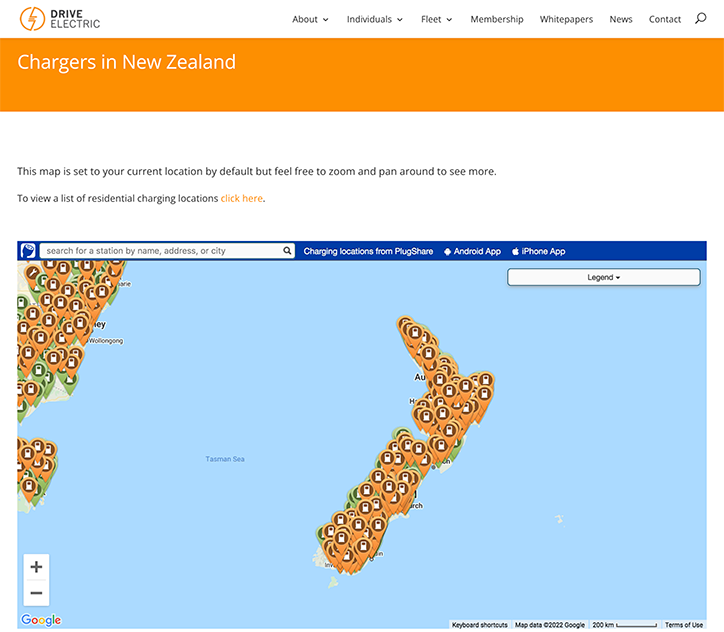Last year saw the sales of electric vehicles (EVs) in New Zealand grow at their fastest rate yet. The Motor Industry Association (MIA) announced EV sales in 2021 delivered a huge 94 per cent year-on-year increase, with 25,194 hybrids and full EVs registered in 2021 compared to 12,997 in 2020. Pure EVs actually showed a 344 per cent increase on the previous year. That is all great news for the EV market and the environment, and it was no doubt helped by the government’s introduction of the Clean Car Discount scheme in July, offering rebates of up to $8,625 on a brand new plug-in vehicle.
However, despite the positive figures, according to the MIA, even if this increase in uptake continues, it will still leave the country falling a long way short of the Clean Car Standard being introduced from 2025. While public opinion is certainly shifting, and most of us are happy to hear about any advance of ‘clean’ transport, a lot of motorists still have some significant practical reservations about purchasing themselves an EV.
The main concerns proving to be a barrier to committing to an EV remain costs and charging. Specifically, the cost of purchasing an EV, the distance it can travel and the availability and convenience of charging points.
While we can’t subsidise your next car purchase, or install you a free, mobile, charging point, we can at least give you a realistic, current overview of these issues and point you to the best advice on the web…
The simple fact is, EVs are still significantly more expensive than their traditional-fuelled counterparts. The cheapest four-door EV available in New Zealand today is still more than double its petrol-fuelled equivalent.
Our government’s enthusiasm for the progress of EVs has translated into substantial support for purchases – the Clean Car Discount Scheme offered a significant rebate sum. However, this is soon to close, so to find out if you can still claim, or find out more about an existing claim, visit the government’s Clean Car Programme webpage. Other good news is that EV drivers are being offered an exemption from road user charges, which has now been extended until 31 March 2024 and of course charging costs should be considerably lower than petrol and diesel costs. But even if you manage to take advantage of all the support and cost savings available, the huge initial pay-out is still an understandable barrier to the majority of buyers.
We all hope to see the EV cost-gap decrease over the next few years, but until then, if you are keen to move over to an EV, there are other ways to make your switch more affordable…

You may find lease options that are more competitive in comparison to purchasing an EV. We were impressed with the variety of options at Driveline, but there are other options from a growing number of leasing companies keen to satisfy the growing demand for greener transport.
If waiting feels like your only option for now, don’t be too disheartened. There’s a wide range of cheaper hybrid vehicles that may just be the perfect stepping stone to you owning a full EV. There will also be a growing market of second-hand EVs as time goes on, as well as more competitive pricing for new models as other manufacturers throw their hat/wheel into the ring!
We’re not going to argue that there’s a lot of work still to be done on the infrastructure supporting the use of EVs. Charging has suffered issues related to location, access and payment, and progress is slow. However, the good news is that things are improving all the time, with networks reporting increased investment in the number of charging points being installed daily and upgrades of existing points.
There is also plenty of advice out there – the government has a journey planner, which enables you to see charging points along any given route.

There are several websites showing the charging points available across New Zealand. We particularly like the map on the Drive Electric website, which is generated by PlugShare. Another useful map is the one featured on the ChargeNet website, which also gives clear information on all of the charging points and their availability status, however it only covers the points within their own network.

Those who can afford to purchase a new EV, and may even be happy with the availability and ease of charging, still have concerns over the range current models can offer and the whole life of the battery.
The reason charging availability has proved to be such a significant issue is down to the physical distance one full charge can take you, otherwise known as an EV’s ‘range’. While there is still work to be done, these figures have improved massively over the relatively short time EVs have been available. The Tesla S is said to be able to travel over 640 km on a single charge – impressive by any standard! Of course the average EV figure is much lower, but now stands at a decent 300 km, which also takes into consideration real life factors such as heavy loads, changing speeds, hilly terrain and bad weather, which manufacturers’ advertised range figures don’t.
If and when you choose an EV, be sure to look into the real life range mileage figure and ensure it will suit the journeys you will be doing most frequently.
Every type of battery degrades over time. But rather than worrying your EV is going to mimic your mobile phone, you can be assured that, as long as they are treated correctly, most modern lithium-ion units are likely to last the lifetime of the car.
When EVs first entered the mass market many manufacturers specified an 8 year battery warranty, however, data so far has shown the majority of these batteries are outperforming that prediction. Manufacturers keen to offer extra reassurance to customers are now offering extended warranties on their EV batteries from between 160,000 to 240,000 km. Most also include a maximum allowable capacity; so if their function drops below 70 or 75% during the period of the warranty, you’ll receive an automatic replacement.
There are a few simple things you can do to look after battery life, such as avoiding charging beyond 80% or below 20%, which some EVs manage automatically, avoiding frequent rapid-charging and in general keeping your battery cool. It’s pretty in-depth, but there is a great report on battery degradation and how to look after it available from GenLess, the AA also has a helpful article on how to charge your car safely.
Here at CarTakeBack, we’re already several years into our global work related to EV end-of-life processing, including our involvement in New Zealand’s ‘BIG’ battery recycling research project. We continue to invest in training our vehicle recycling partners in how to safely handle EV batteries, which means today, we can provide a safe and effective EV recycling service to New Zealand.




